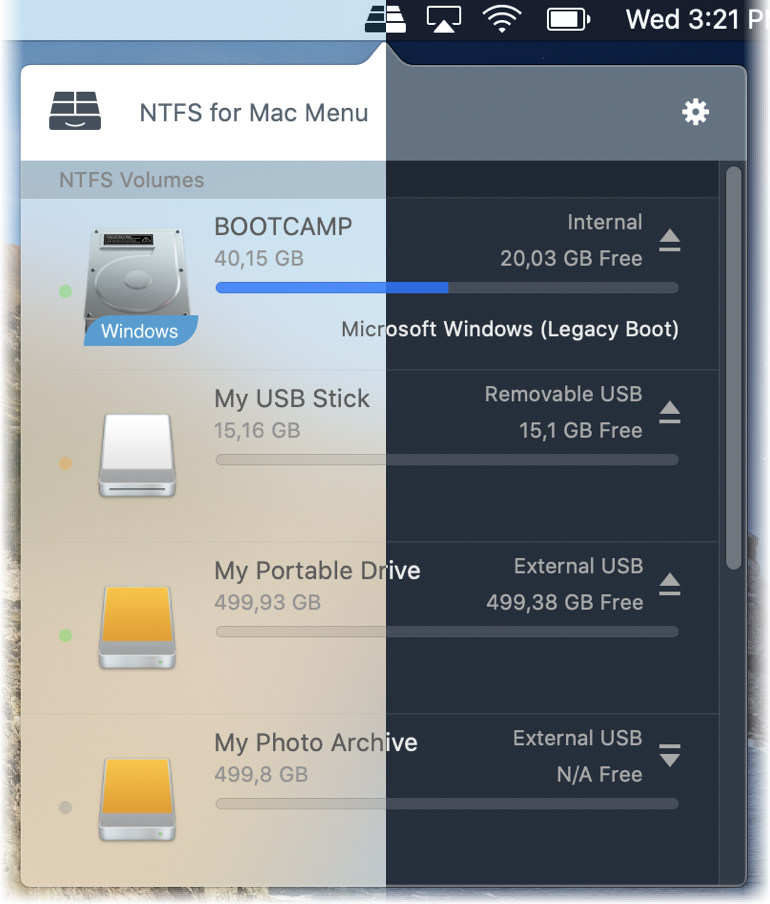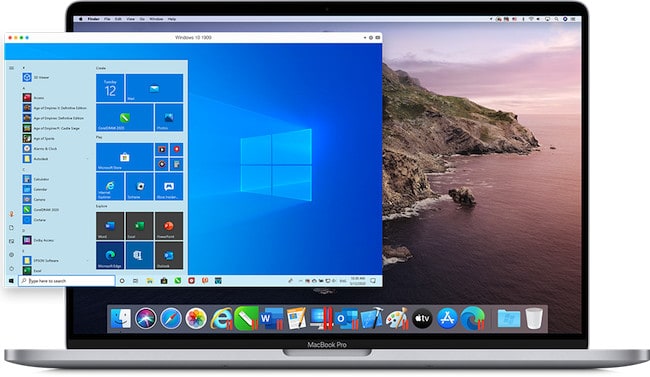
- #Options for windows on mac software#
- #Options for windows on mac free#
- #Options for windows on mac mac#
(See Input Sources to find out how you can see which letters turn into which symbols when pressed with Option.) And if you press the Option key while you type R, G, or 2, you get the ®, ©, and ™ symbols in your document, respectively.
#Options for windows on mac mac#
Whereas the Alt key’s most popular function is to control the menus in Windows programs, the Option key on the Mac is a “miscellaneous” key that triggers secret functions and special characters.įor example, when you hold down the Option key as you click the Close or Minimize button on a Macintosh window, you close or minimize all open desktop windows.

Still, these two keys aren’t exactly the same. For example, in Microsoft Word, the keyboard shortcut for the Split Document Window command is Alt+Ctrl+S in Windows, but Option-⌘-T on the Macintosh. In many situations, keyboard shortcuts that involve the Alt key in Windows use the Option key on the Mac. This is the closest thing the Mac offers to the Windows Alt key. On North American Mac keyboards, a key on the bottom row is labeled both Alt and Option. Here’s your cheat sheet to the menu keyboard symbols: represents the Shift key, means the Option key, and refers to the Control key.Īlt key. Unfortunately, they’re represented in the menu with goofy symbols instead of their true key names. pkg method, which includes a semi-standard Mac installer.Īfter the installation is complete, Wine has to be run from the Terminal app, though once a Windows app is up and running you will be using the standard Mac GUI.Mac keyboard shortcuts are listed at the right side of each open menu, just as in Windows. Installing Wine on the Mac can be a challenge for those not used to installing open-source Linux/UNIX apps. The problem is that trying to convert all of the Windows API calls is a huge undertaking, and there is no guarantee that an app you want to use has had all of its API calls successfully translated.Īlthough the task seems daunting, Wine does have quite a few success stories, and that's the key to using Wine: checking the Wine database to make sure the Windows app you need to use has been successfully tested. Instead of virtualizing the hardware and running Windows in a virtual environment, Wine forgoes the Windows OS completely instead, it converts the Windows API calls made by the Windows app into POSIX (portable operating system interface) calls, which are used on Linux and Mac operating systems.Īs a result, the Windows app can run using the host operating system's API instead of Windows. Wine takes a different approach to running Windows apps on a Mac. All three apps have lively forums and support services to help with tuning the performance. Guest OS may be more involved with some customization required to obtain the best performance. Installing the virtualization apps is similar to any other Mac app. Like the other virtualization apps, VirtualBox can be used to run many different operating systems, including Windows, Linux, and macOS.
#Options for windows on mac free#
This free virtualization app runs on multiple computer systems, including Mac.

#Options for windows on mac software#
Virtualization on the Mac makes use of a software layer called a hypervisor to emulate all of the underlying hardware. Virtualization abstracts the hardware layer, making it look like each operating system has its own processor, RAM, graphics, and storage. Virtualization allows several operating systems to run on computer hardware at the same time.

Performance tuning and customization needed to achieve the best performance.


 0 kommentar(er)
0 kommentar(er)
